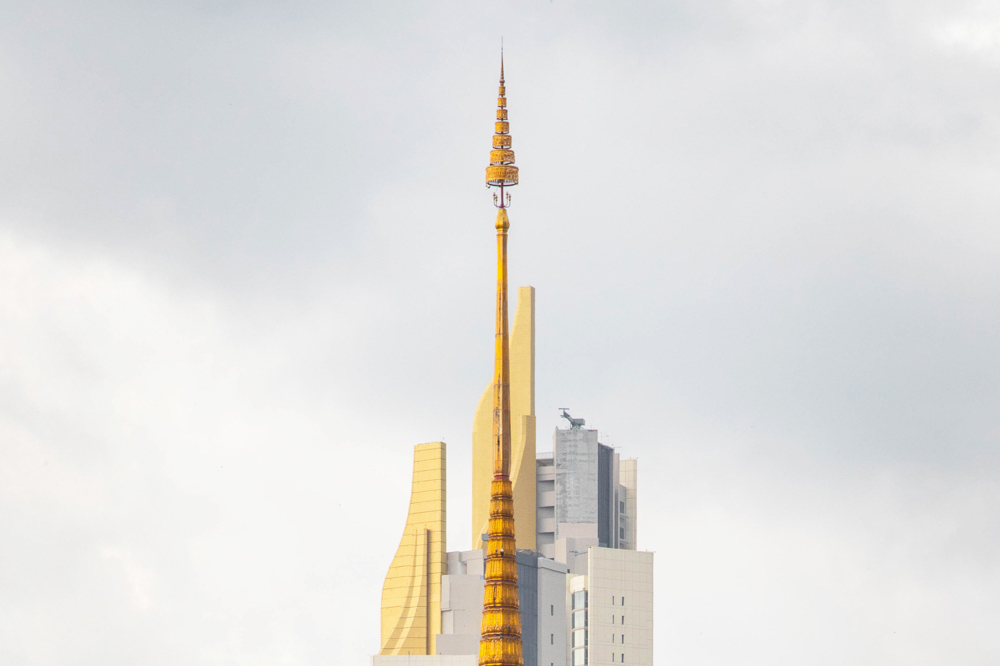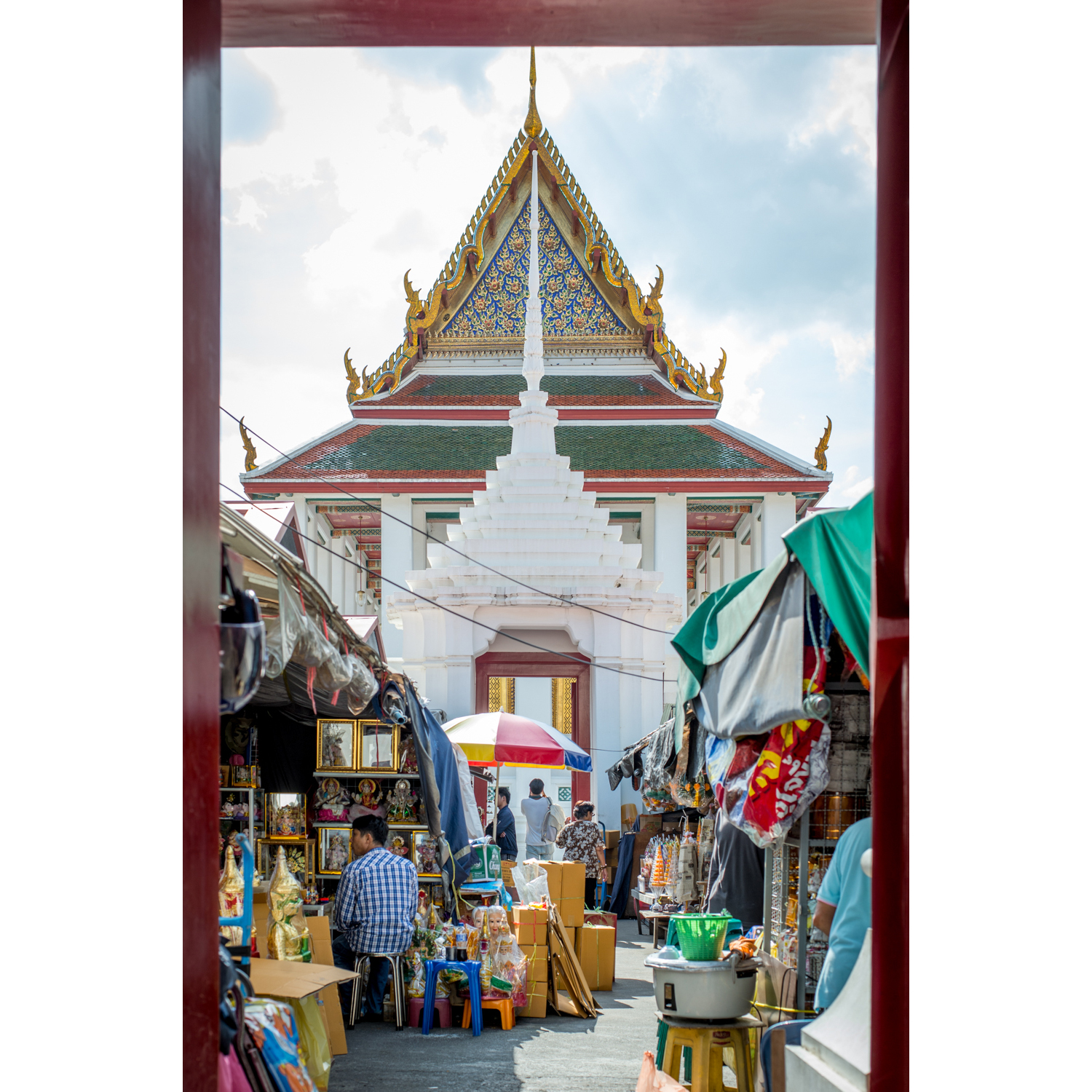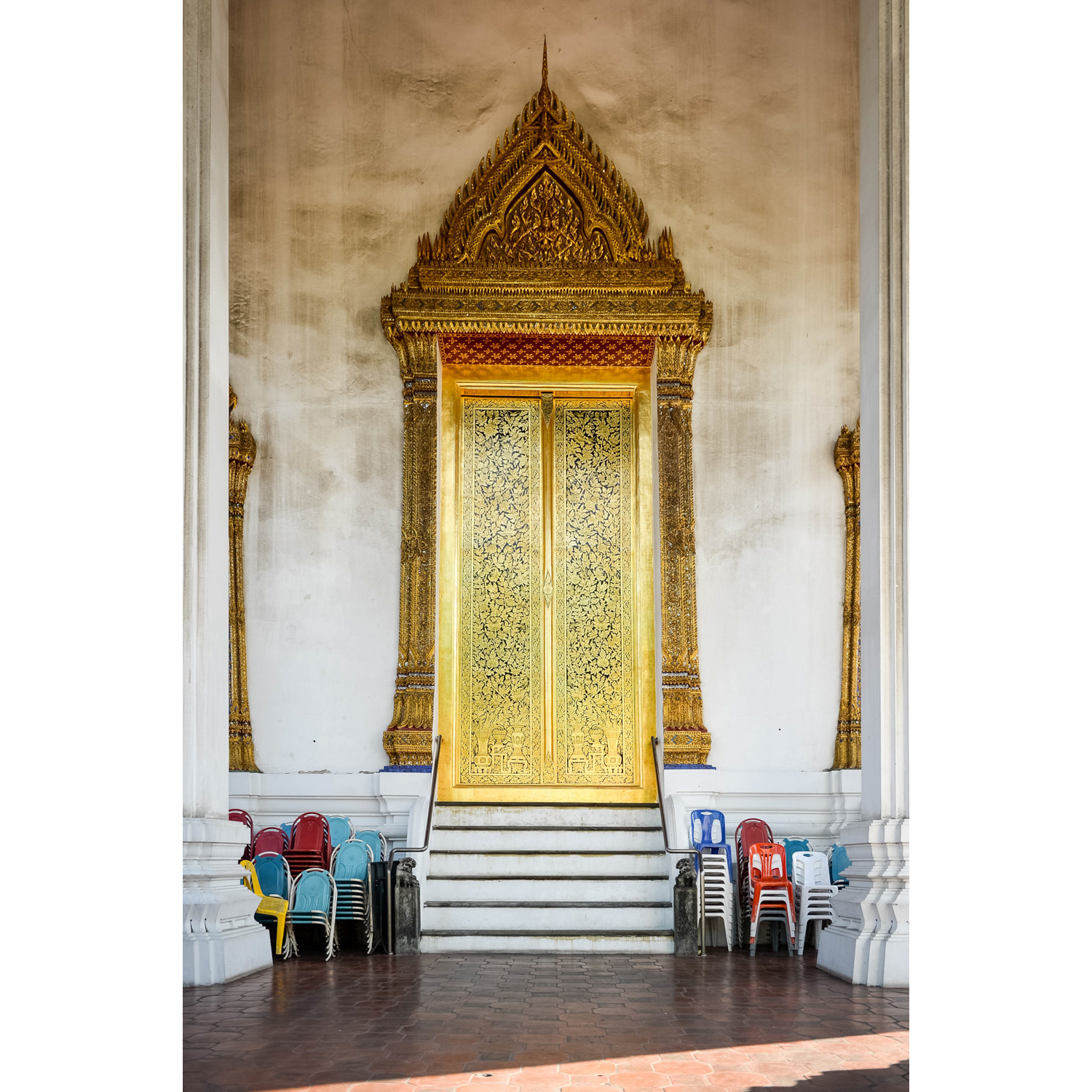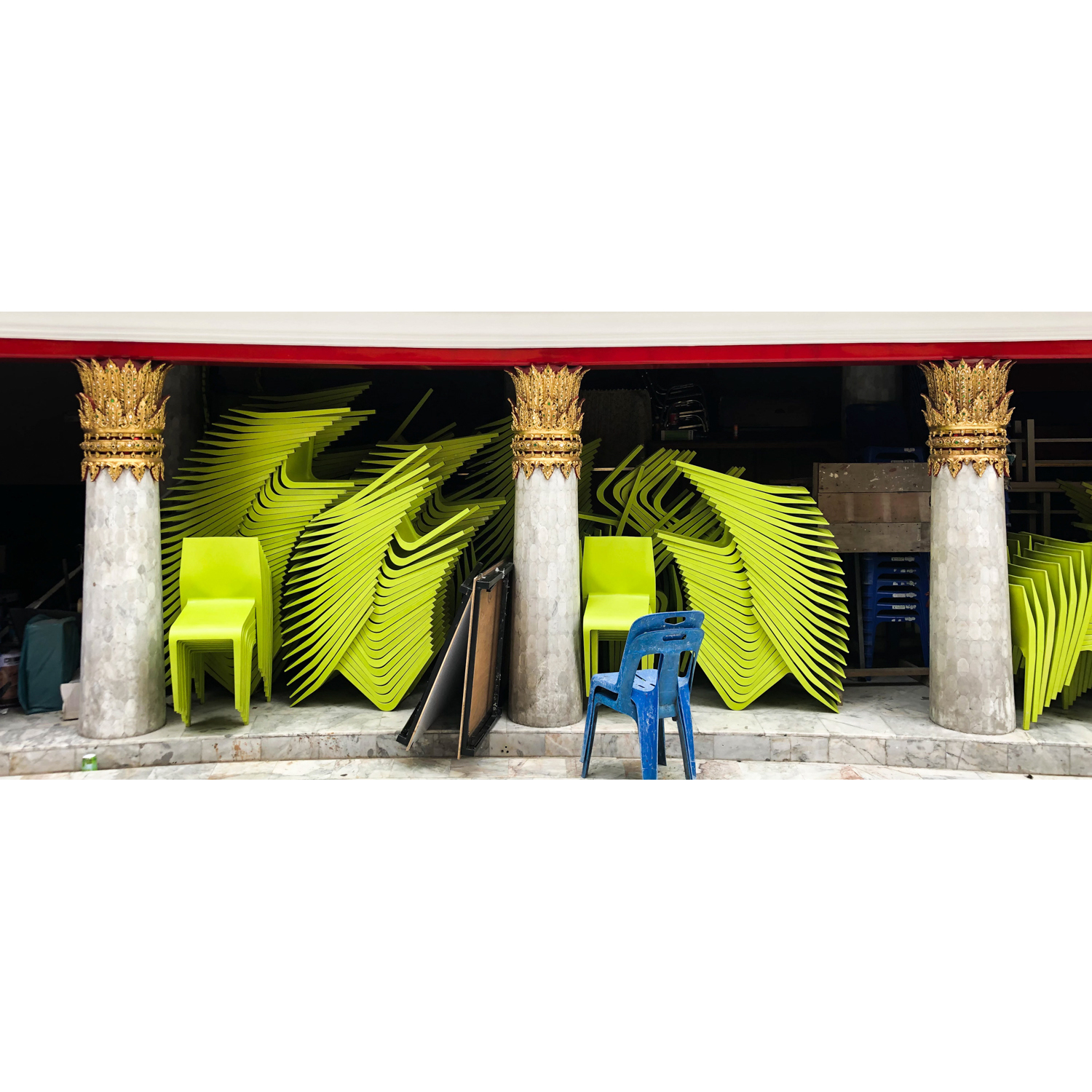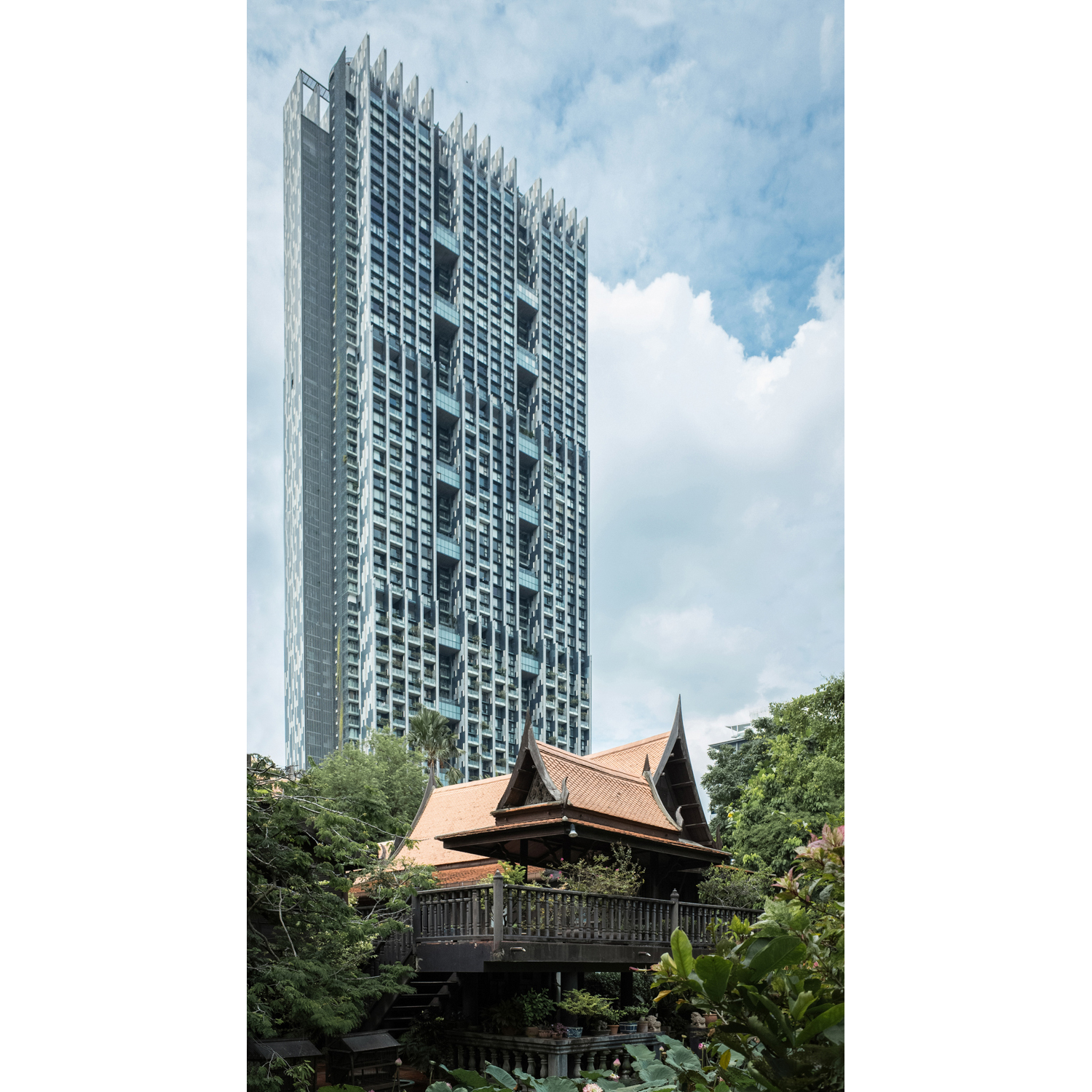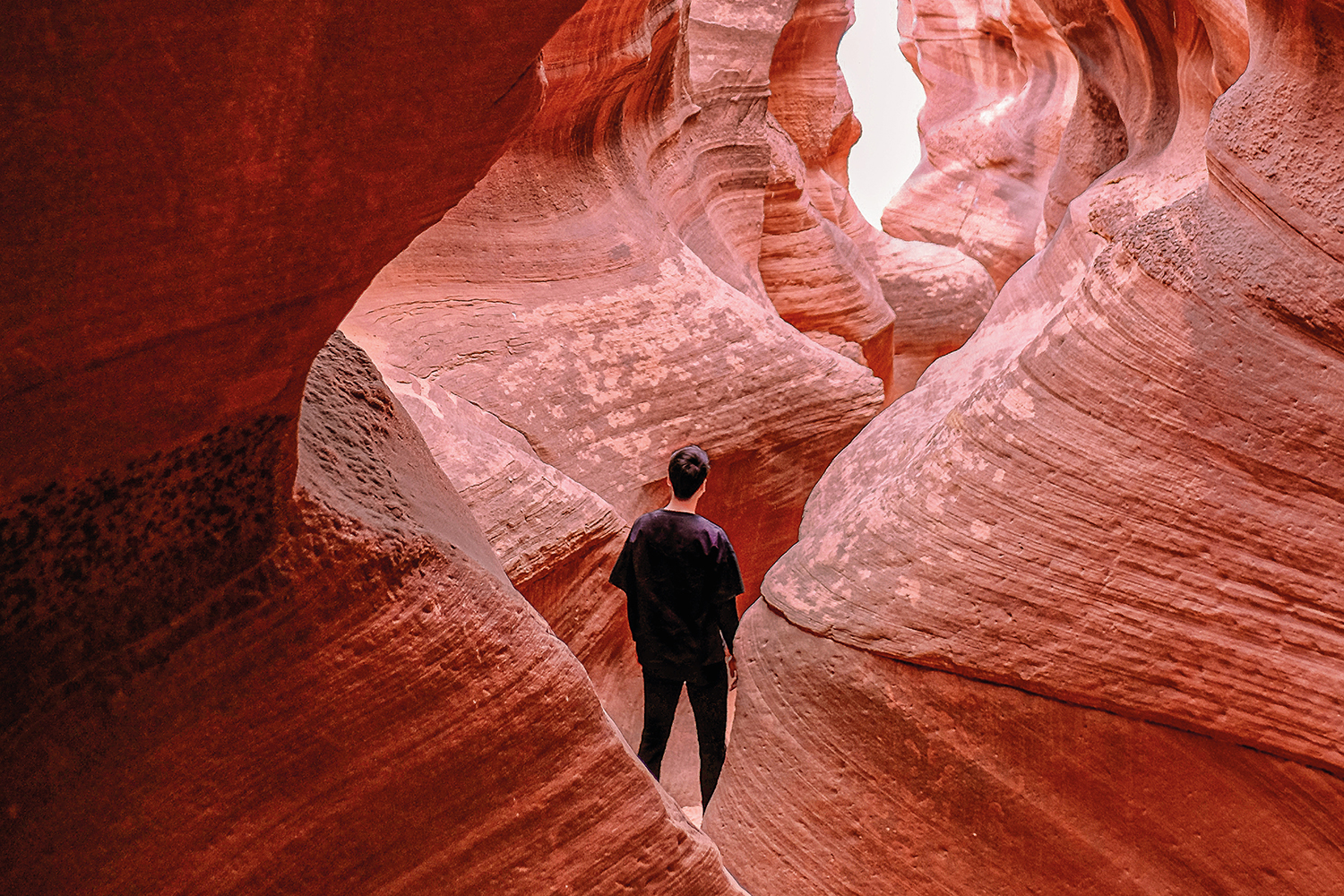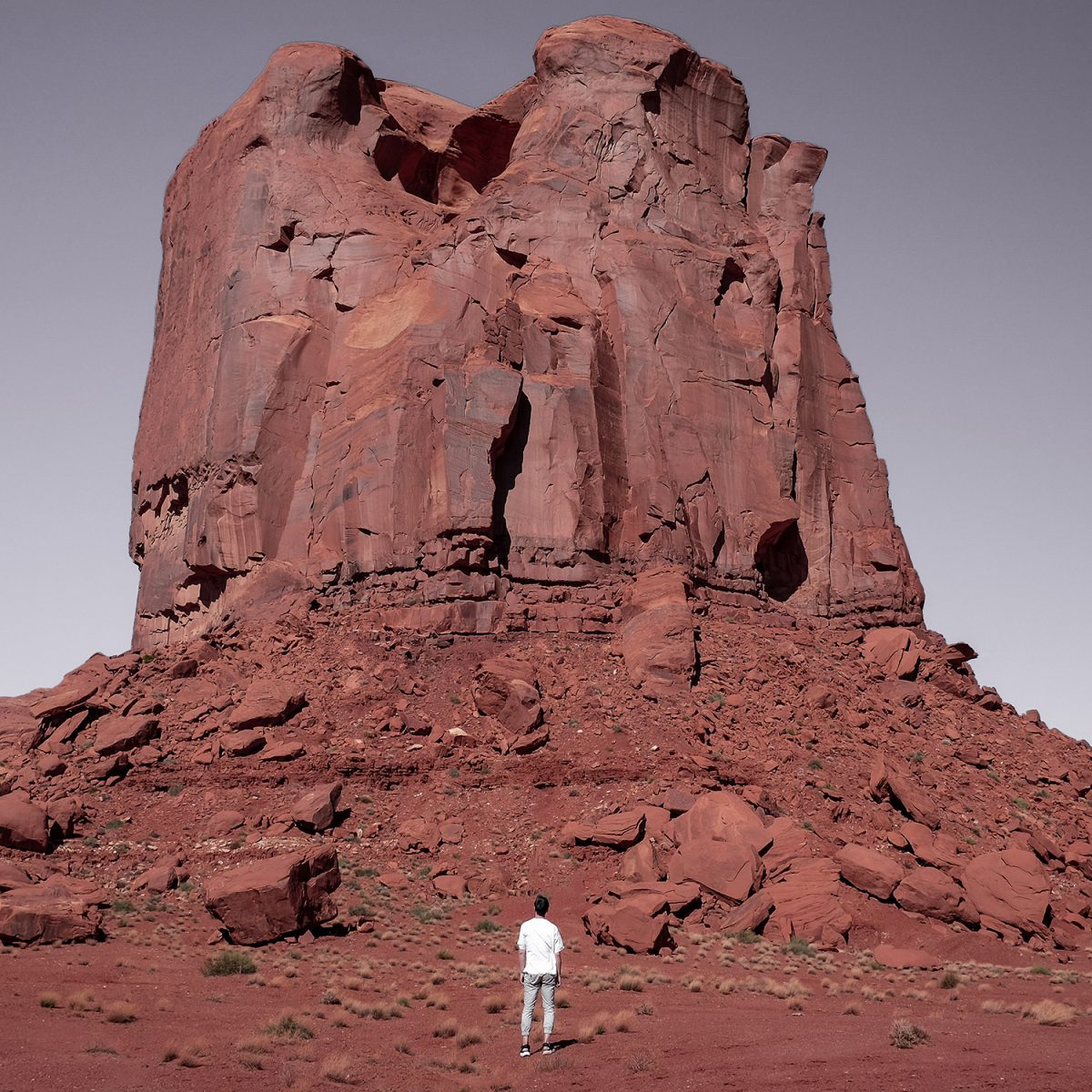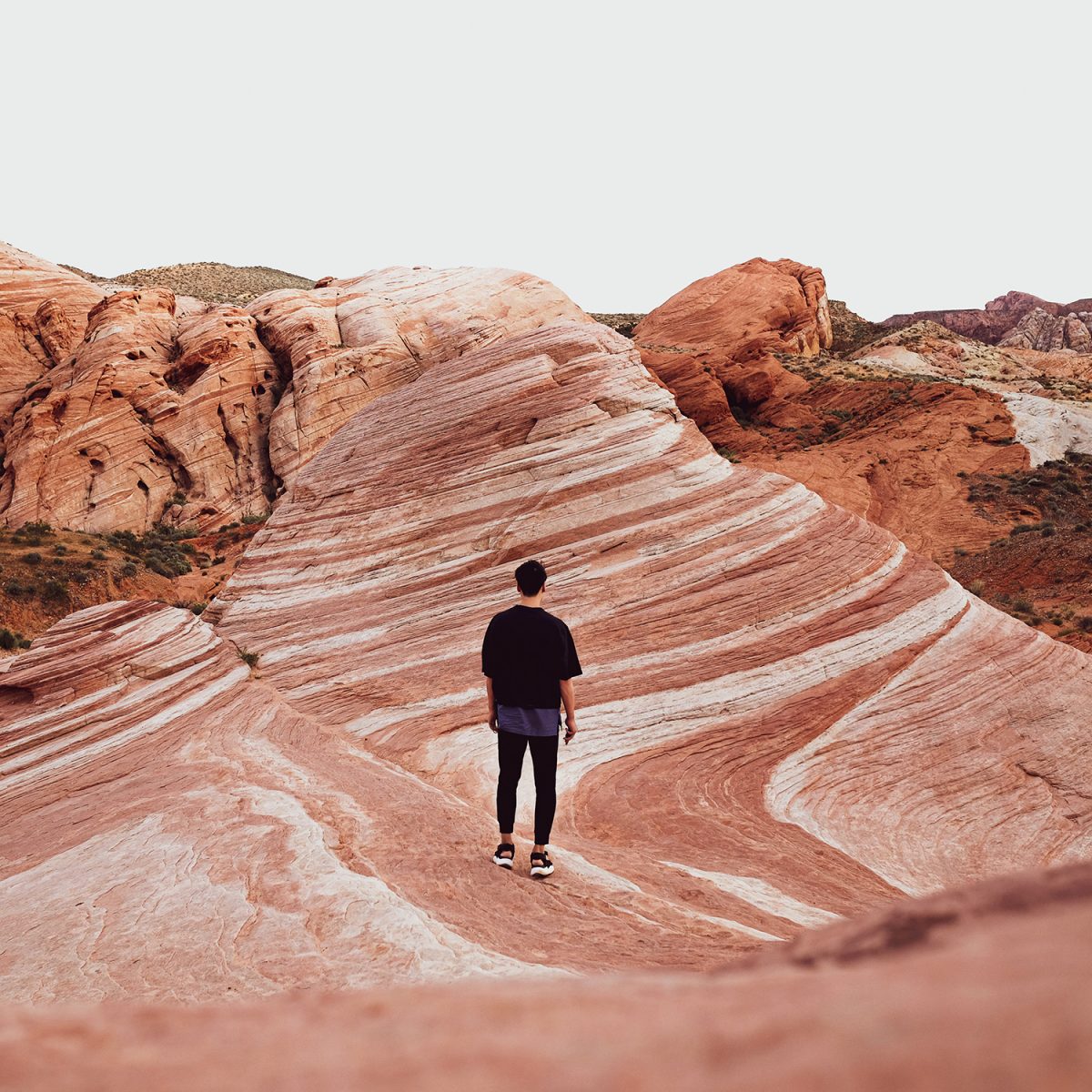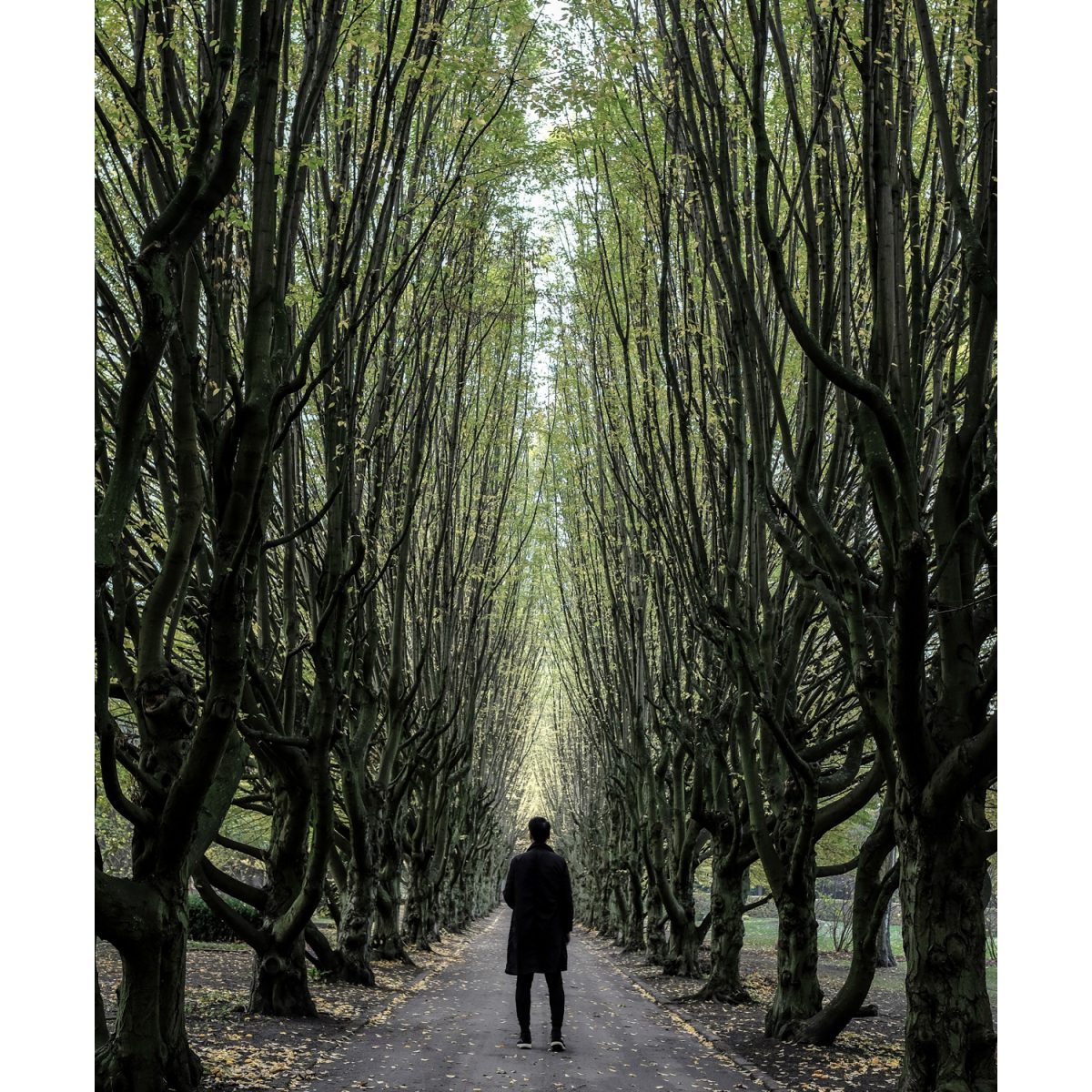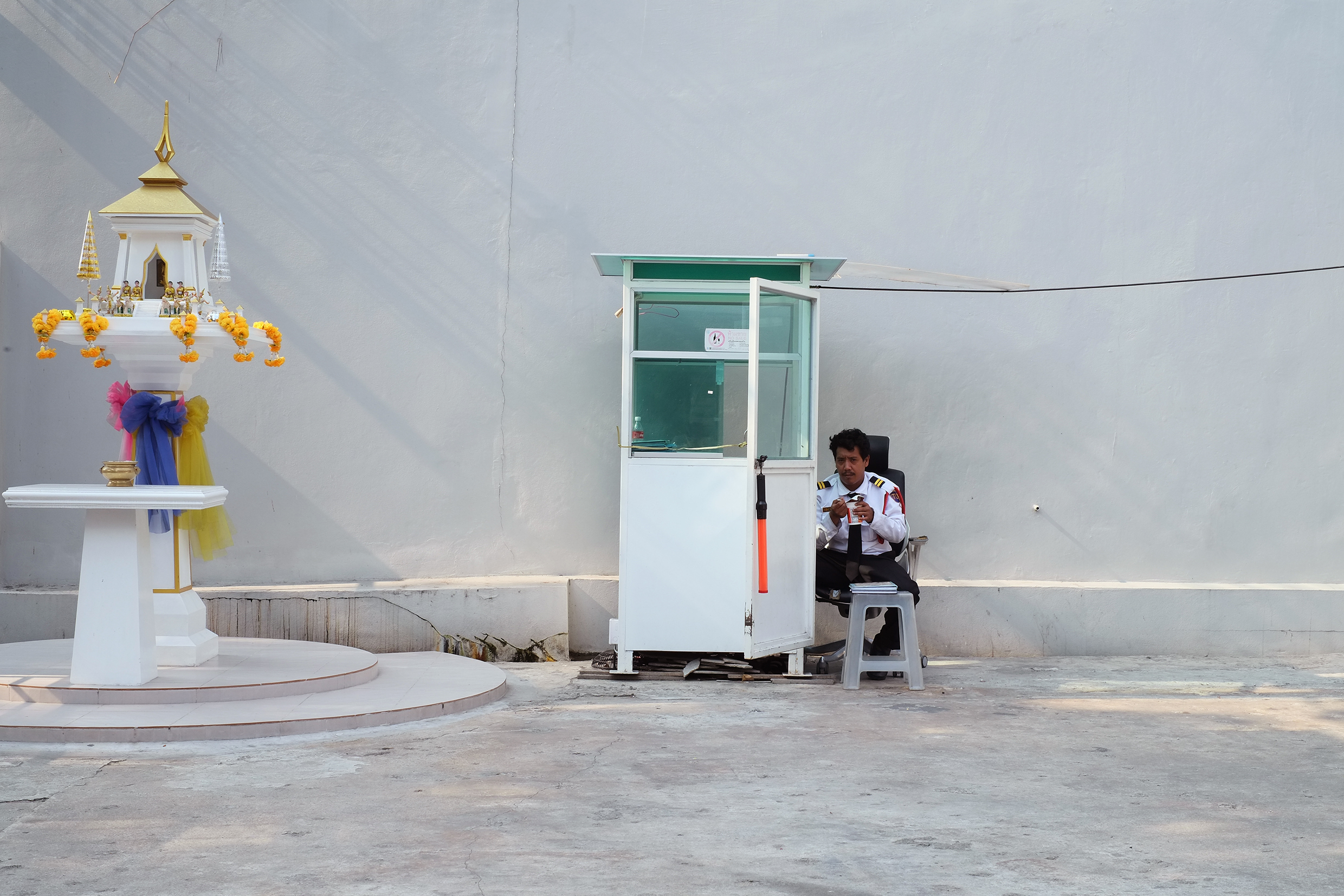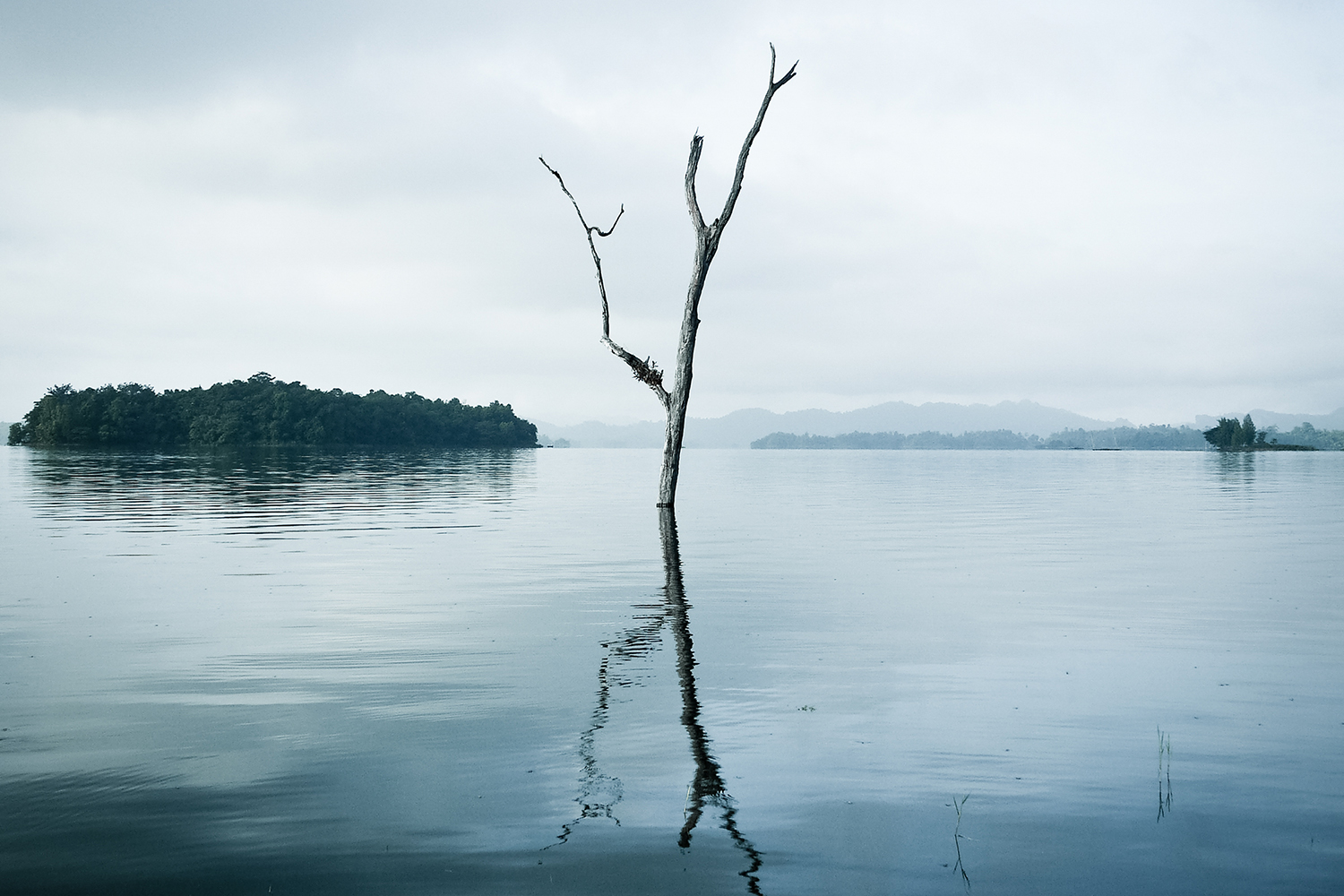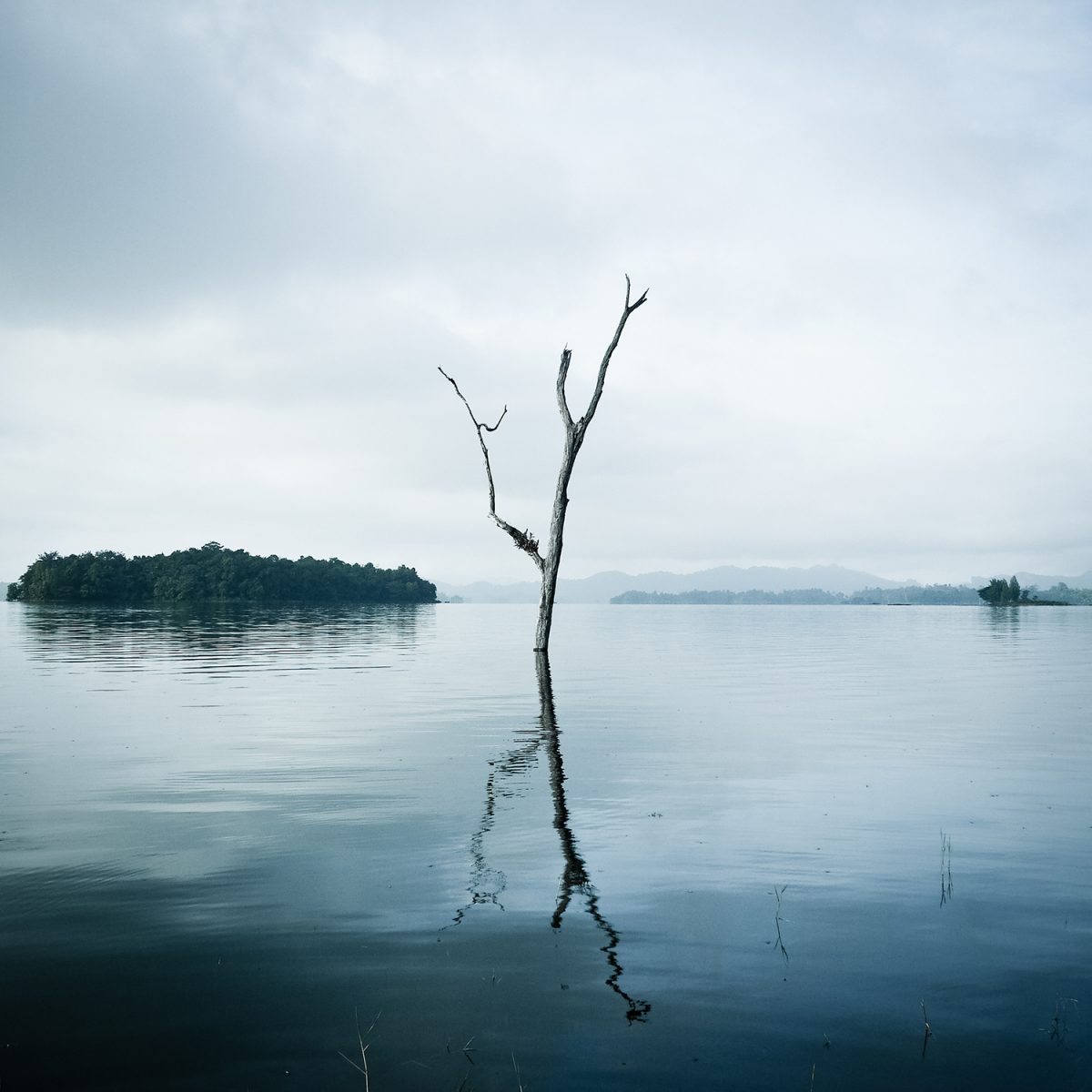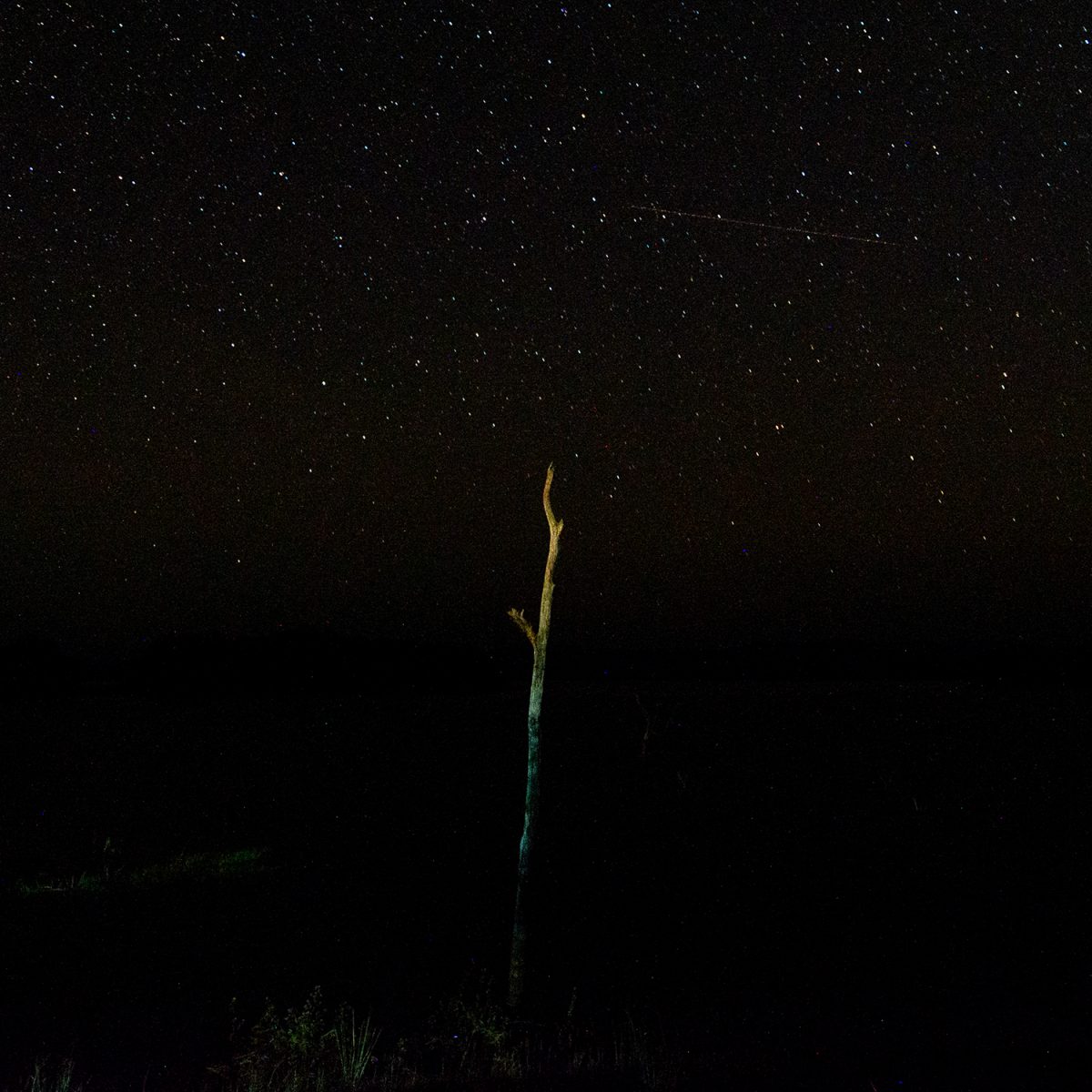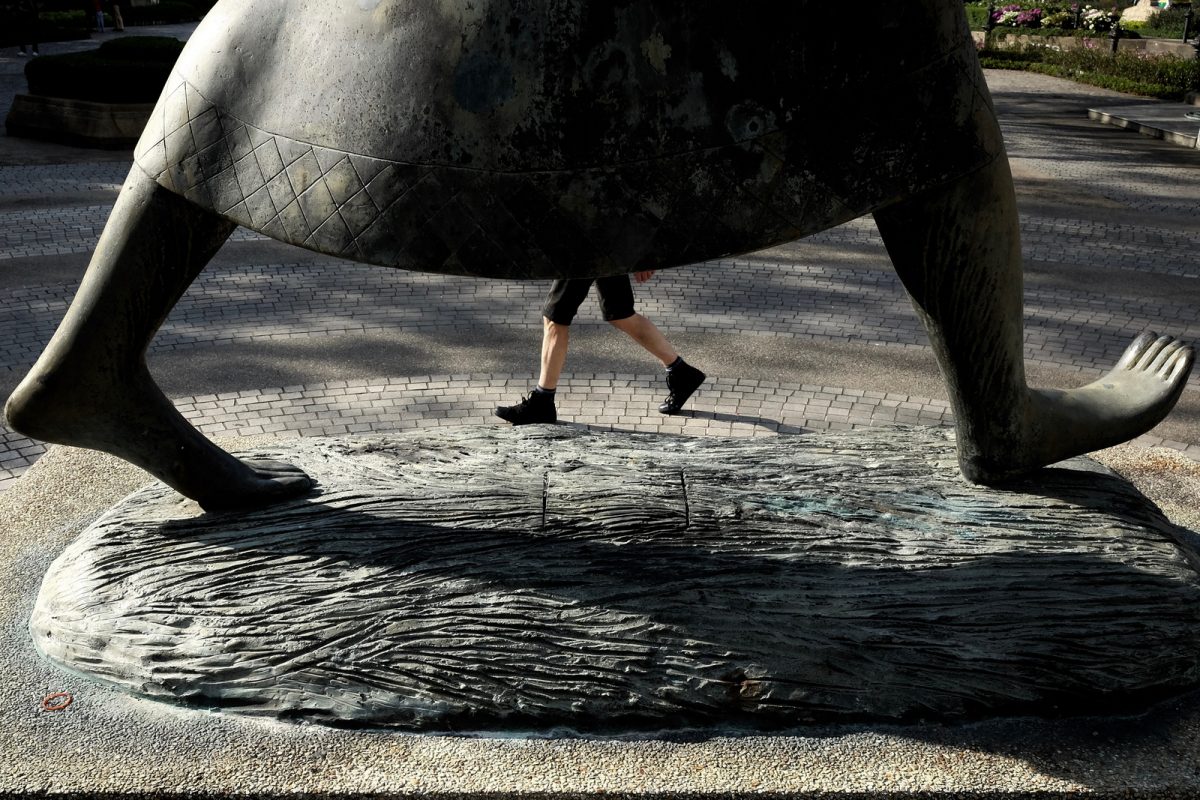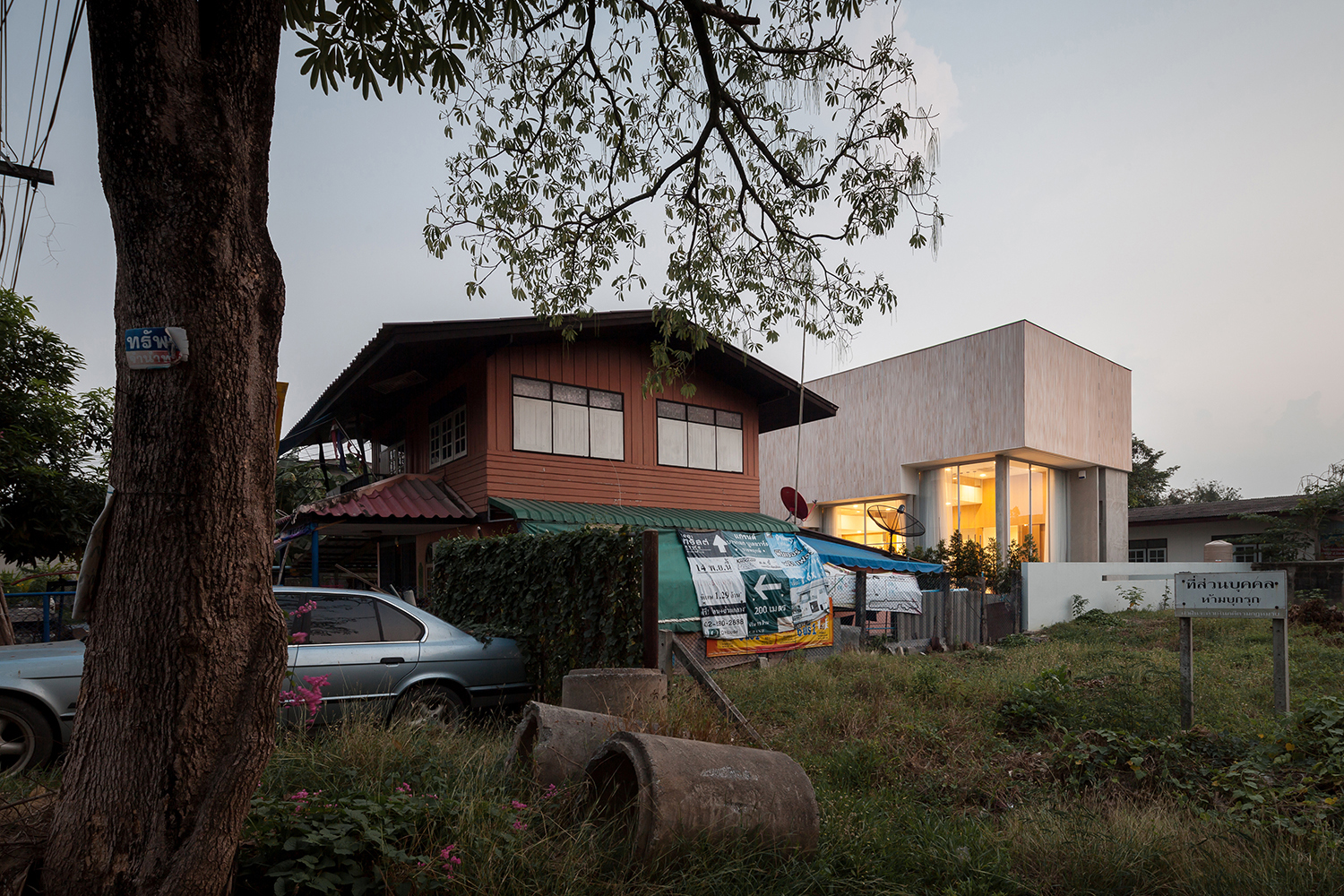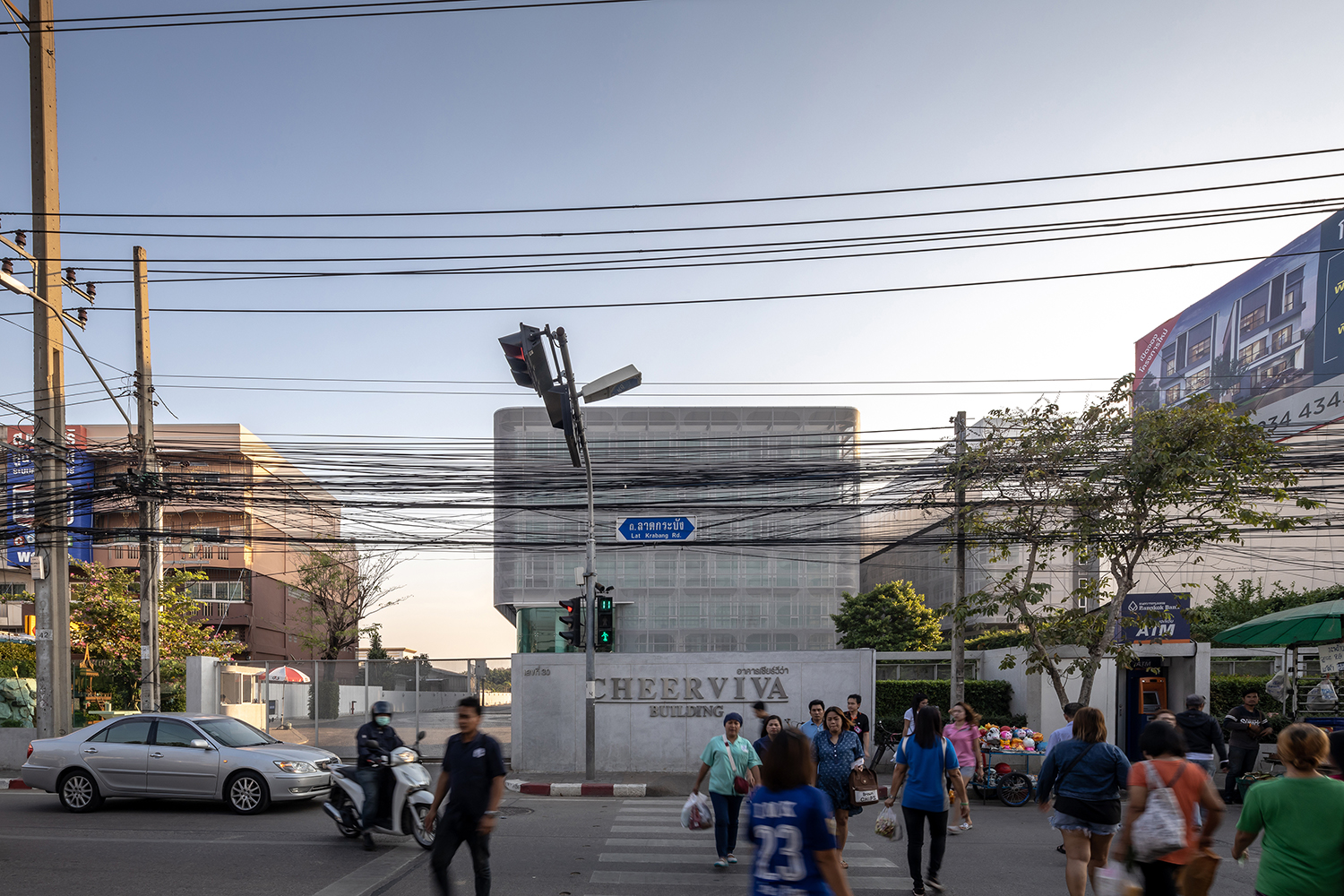TEXT & PHOTO: SARAN SRITHAWATPONG
(For English, please scroll down)
การเฝ้ามองสิ่งต่างๆ ในเวลาที่ต่างกัน
เห็นการเปลี่ยนแปลงของสภาพแวดล้
สถานที่จากวัฒนธรรมตกทอด
เกิดการเปลี่ยนแปลงทั้งหน้าตา
การใช้งาน บริบท หรือแม้แต่เส้นขอบฟ้า
บางอย่างก็เปลี่ยนไปตามที่
มันอาจเป็นเพราะ
คนให้ความสำคัญแก่สถานที่ไม่
เป็นหน้าตาของเมือง
แต่ปัจจุบันมันกลั
เนื่องจากเมืองไม่ได้ต้องการแค่
ในบางจุดก็เกิดเป็นการผสมผสาน
ของสถานที่ทางประวัติศาสตร์
มันกลับดูส่งเสริม และลงตัวด้วยซ้ำในบางที
อะไรที่ดี รักษาไว้ให้ดี
อะไรที่ต้องเปลี่ยน ก็เปลี่ยน
อะไรที่ต้องเริ่มใหม่ ก็เริ่มใหม่
เมื่อเปิดให้เริ่ม ให้รักษาไว้
เพราะระลอกของการเปลี่ยนที่เลี่
_____________
ศรัณย์ ศรีธวัชพงศ์
สถาปนิก
ช่างภาพสมัครเล่น
และลงภาพ IG : thaicapsule

Observing different things at different times
seeing changes in the environment
both big and small,
places conceived from inherited culture,
places that physically transform
functionalities change, context evolves, redrawing the city’s skyline.
Certain things change the way they should be.
Some reluctantly.
Perhaps,
people value places differently,
places that were once rich in art and culture,
existed as the heart of a community,
as landmarks of a city,
now they’re less recognized,
now they’re even being forgotten
A city looks for a place rich in its history,
but also desires to showcase progress,
searching for new things to serve as its new image.
But the birth of the new does not have to end up destroying a culture’s past.
At some point in time,
historical and contemporary places meet and merge,
becoming something different, not as an alienated space, but rather
complementing, fitting, so perfectly fused/integrated.
Preserve the good.
Allow whatever that needs to be changed, to change,
and for new things to begin.
Initiate but also keep,
for the unavoidable tide of change will always be around.
_____________
Saran Srithawatpong
Architect
Amateur Photographer
IG : thaicapsule

